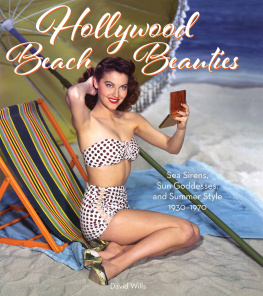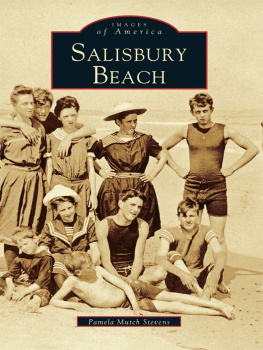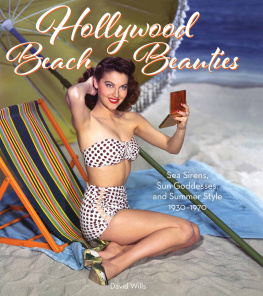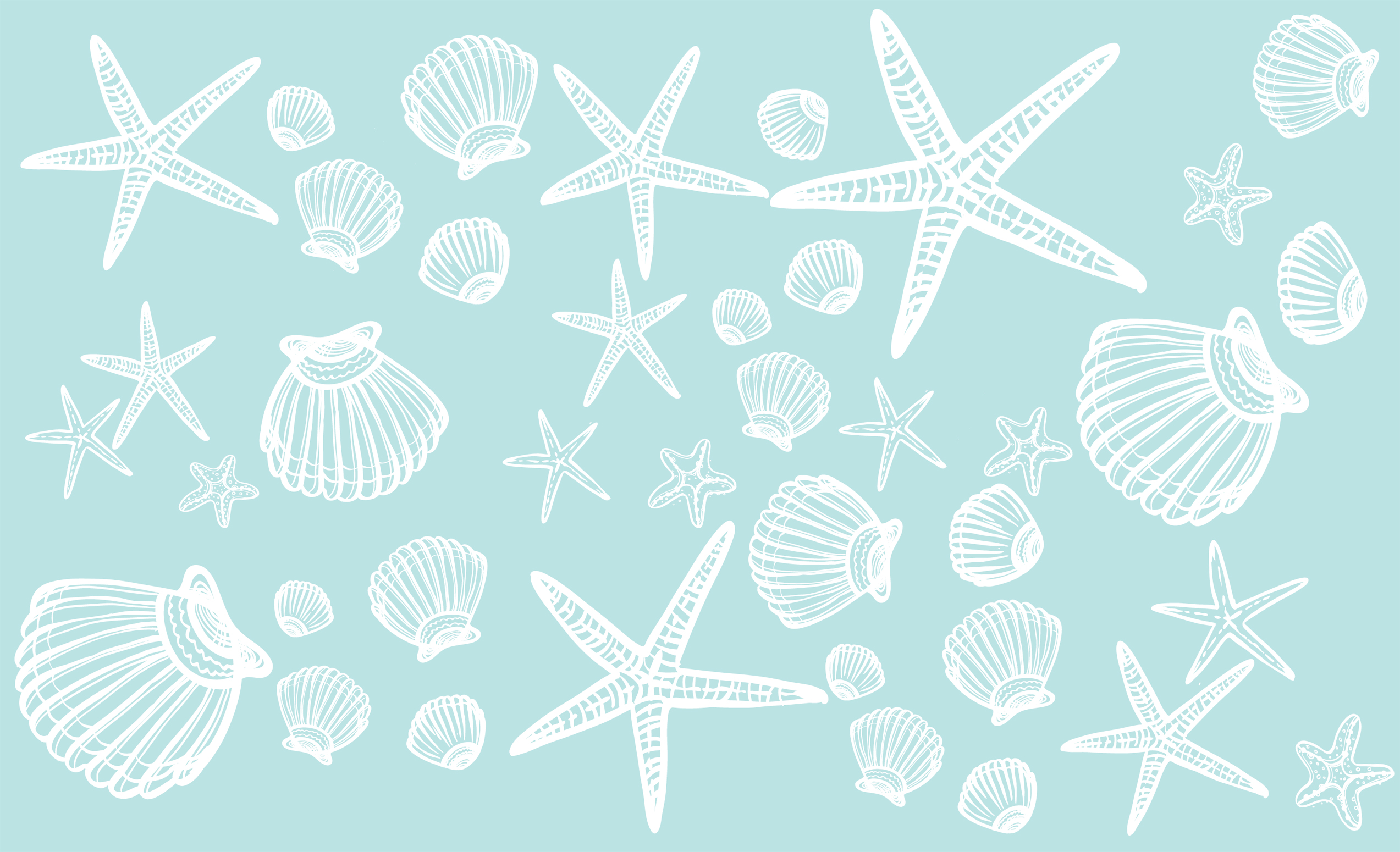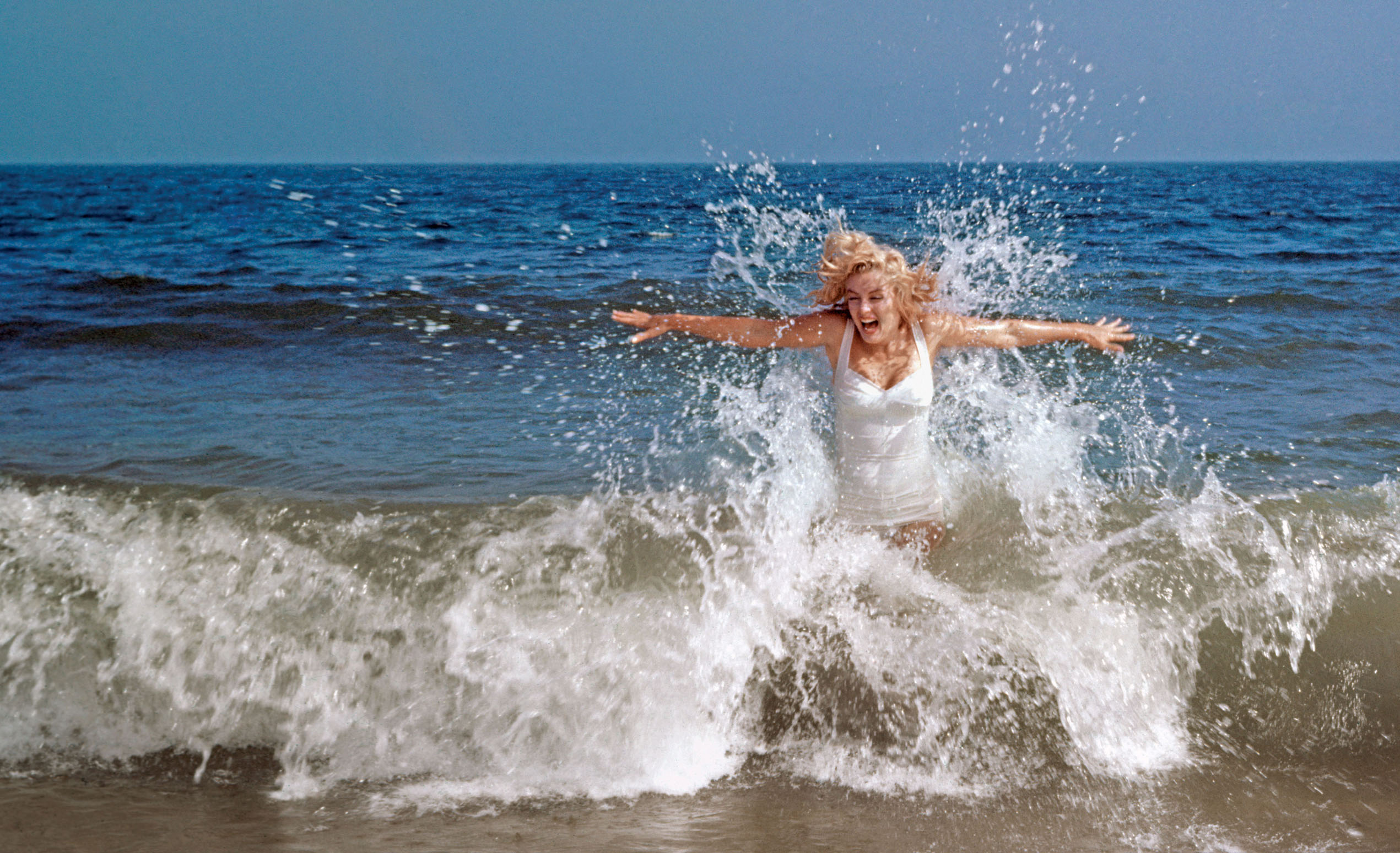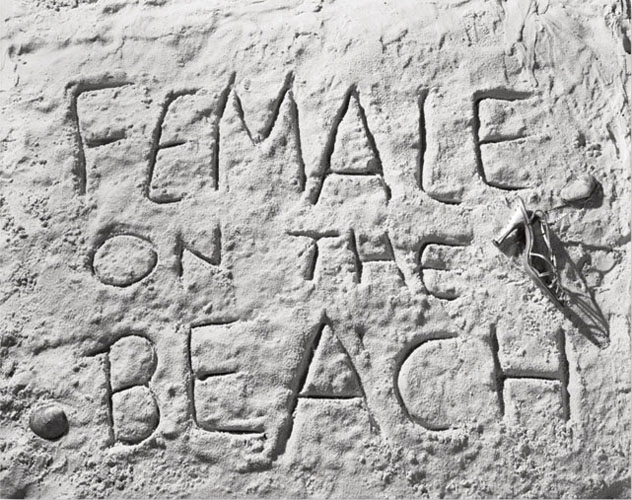Contents
Guide
Contents
Australia
HarperCollins Publishers Australia Pty. Ltd.
Level 13, 201 Elizabeth Street
Sydney, NSW 2000, Australia
www.harpercollins.com.au
Canada
HarperCollins Publishers Ltd
Bay Adelaide Centre, East Tower
22 Adelaide Street West, 41st Floor
Toronto, Ontario, Canada
M5H 4E3
www.harpercollins.ca
India
HarperCollins India
A 75, Sector 57
Noida
Uttar Pradesh 201 301
www.harpercollins.co.in
New Zealand
HarperCollins Publishers New Zealand
Unit D1, 63 Apollo Drive
Rosedale 0632
Auckland, New Zealand
www.harpercollins.co.nz
United Kingdom
HarperCollins Publishers Ltd.
1 London Bridge Street
London SE1 9GF, UK
www.harpercollins.co.uk
United States
HarperCollins Publishers Inc.
195 Broadway
New York, NY 10007
www.harpercollins.com
Sam Shaw / Reproduced with kind permission of Shaw Family Archives (shawfamilyarchives.com)
This book is dedicated to Caloundra.
The most daring attire to appear on American beaches to date. Scanty swimsuits are designed to give the girls a maximum of vitamin D and the boys an eyeful.
The photography magazine Click, in an issue published in 1944, did a bit of editorializing regarding the shrinking American womans bathing suit. The suit in question was a very modest, by todays standards, two-piece designed by Tina Leser.
Magazine and newspaper editors could not have foreseen that the shrinkage would continue, exposing ever more female flesh, poolside and surf side. Less than two decades later, futurist designer Rudi Gernreich, based in Los Angeles, impulsively declared that swimwear would evolve quickly: Bosoms will be uncovered within five years. As a result, the fashion editor of Life, Sally Kirkland, asked him to submit a swimsuit design for a feature she had in mind on future fashion. It was my prediction, Gernreich acknowledged with some trepidation. For the sake of history, I didnt want Pucci to do it first.
The initial design, a bosom-baring, high-waisted sarong, struck Kirkland as lacking boldness. It uncovered, yes, but it didnt innovate. Gernreichs final solution was a simple maillot, minus the bratwo narrow straps rose between the breasts and over the shoulder to form a complimentary V in the back. The suit itself was not cut high over the leg, a nod to tradition, and from behind it recalled 1930s Hollywood glamour. But Kirkland got her statement: the breast exposure was complete, a future revealed.
A photo shoot was arranged for Montego Bay in the Bahamas with five models. But on-site, they all refused to wear the suit, leaving the photographer to scramble up a local prostitute to pose from the back in what Gernreich called the monokini, and what the rest of the world would refer to as the topless swimsuit. Gernreich had no plans to produce his monokini for the market until he met with Diana Vreeland at Vogue. His muse-in-chief, Peggy Moffitt, modeled the suit for DV, who was intrigued, making one of her grand pronouncements: If theres a picture of it, its an actuality. You must make it.
William Claxton had already photographed Moffitt in the sample suit in black, the resulting pictures to be carefully released to just a very few publications. Life accepted the photo of Moffitt with her arms covering her breasts. WWD editor Carol Bjorkman published the full monty: Moffitts chest totally exposed in the soon-to-be notorious swimsuit.
The studio photos ramped up the urgency to make the bathing suit available in stores, and three thousand were produced in 1964, mostly for the European market. Since there was virtually no public place to wear the garment legally in the U.S., the inventory was soon marked down. The only sightings of the topless suit occurred in June, when exotic dancer Carol Doda wore one to the Condor nightclub in San Franciscoand made the front pageand in Chicago, where nineteen-year-old model Toni Lee Shelley was arrested in July for indecent exposure on the Windy City strand. Further headlines were made when the Vatican denounced the suits display and purchase, much less its wear on public beaches.
Peggy Moffitt had a denouncement of her own: the photograph in Life was dirty. Pictured with her arms hiding her breasts, she considered the pose a tease, a prudish come-on. She preferred the full exposure of the WWD imagehonest and unashamedcalling it a political statement. [The suit] was not meant to be worn in public. A flashpoint of discussion at the time, Gernreichs topless creation gave another jolt to the sexual revolution, lining up behind the honest sensuality of Marilyn Monroe and the frank sexuality of Hugh Hefners Playboy magazine. The controversy ignited a thousand debates in print, in public, in private, about something yet to be specifically designated as feminism, pro and con. The suit was either exploitive and a morally corrupt garment, or its wearing was an act of self-determination and a call for equal rights. The noncombative Gernreich continued to state the issue quite simply, [It was time] for freedom in fashion as well as in every other facet of life. [Women] drop their bikini tops already, so it seemed like the next natural step.
But beauty being in the beholders eye, Claxtons portraits of Moffitt were either degenerate or fashion forward, a shocking scandal or liberating art. They were Hollywood-born and bredas was the suit itselfand now exude a cool distance: the female form unveiled in a moment in time. Hollywood remained through the 1970s the purveyor of popular, aspirational imagery, on the screen, on the red carpet, in the media, and here, at play in the waves and the sand. The womenactresses, models, starlets, dilettantes, and social mavenshave followed the sun, in an international, frequently exotic, show of flesh and fantasy, glamorously remote or charmingly accessible: beauty on the beach.
Female on the Beach (1955) starring Joan Crawford.
Independent Visions / MPTV (mptvimages.com)
The most beautiful star in the world, tisnt Garbo
Tisnt Dietrich, but a sweet trick
Who can make me believe its a beautiful world...
LYRIC BY LORENZ HART
Lolita Dolores Martine Asunsolo Lopez Negrettein fewer syllables, Dolores Del Rioin the early to mid-1930s, was often hailed as the most beautiful woman in Hollywood. Before the Hays Office (established in 1930 as the self-censorship authority) clamped down on content and presentation, Del Rio, in Bird of Paradise (1932), had her moment in the nude in the ocean off Santa Catalina Island, swimming in tandem through the murk and the bubbles with Joel McCrea. (The planned location shoot in Hawaii had to be abandoned due to constant storms.) That same year, in Tarzan of the Jungle, Maureen OSullivan as Jane joined Johnny Weissmullers Tarzan for a naked frolic in a rainforest pool, in Silver Springs, Florida. When Joseph Breen was appointed head of the commission, such risqu, yet beautiful, scenes ceased to be considered, much less put on film. In continental Europe, less reactionary about sex and nudity, Hedy Lamarr took to the water au naturel in

